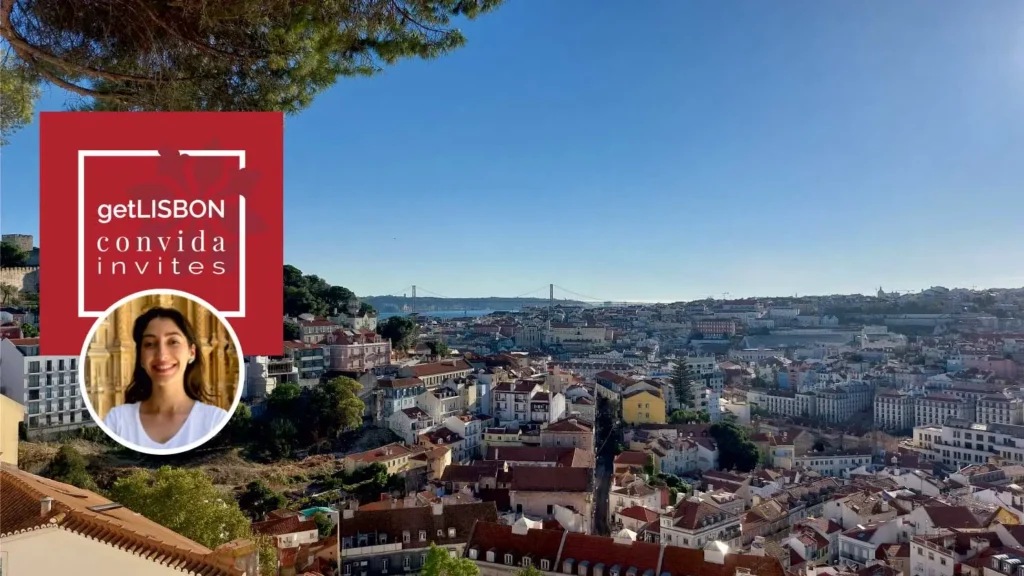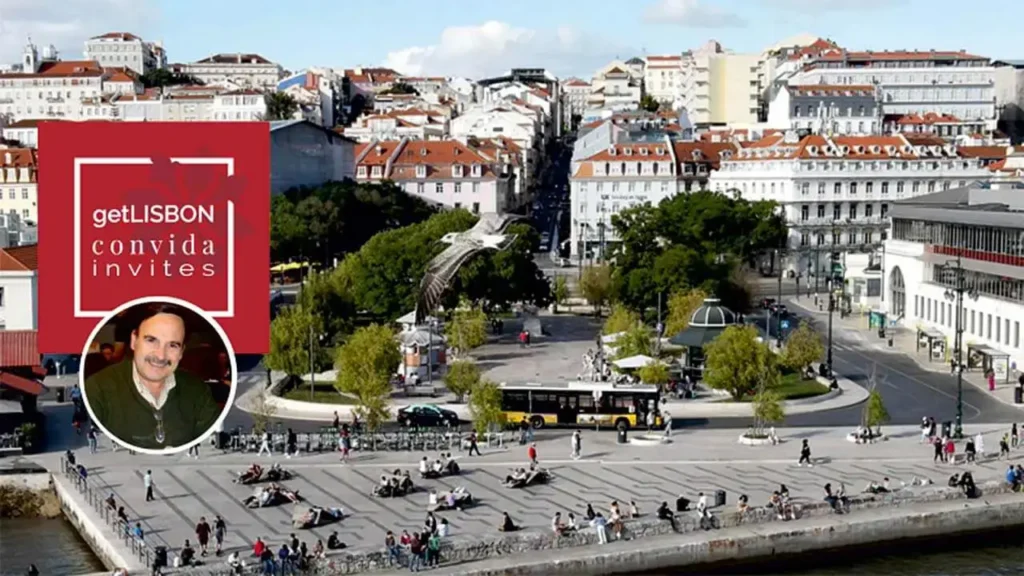Is Lisbon a feminine city? This is an intriguing reflection on Lisbon’s femininity by Vanessa Miranda, featured in our “getLISBON invites” series. You will surely appreciate following this reasoning that takes us through history and collective sensitivity.
Thinking of Lisbon evokes the image of a beautiful city, a girl, a young lady, a queen, or a princess. It leads us to believe that Lisbon is a feminine city… or is it just an impression?
Lisbon, the city of seven hills, reveals itself to its inhabitants and visitors as mysterious, graceful, and with the tremendous strength of a woman. Walking through its streets, hearing the echo of its fado and contemplating its monuments bring forth the sensation that there is something intrinsically feminine in the soul of this city. Lisbon undoubtedly seems to be a feminine city.
The Feminization of Cities
Personifying cities as female figures is an ancient practice. The very word “city” has origins that evoke the feminine.
The word “metropolis” derives from the Greek, combining “metra”, meaning “womb,” and “polis”, meaning “city”. This linguistic concept is the first indication that cities, in their essence, are often associated with the feminine.
In art, for example, Lisbon is frequently portrayed as a woman. In the melancholic or romantic verses sung, the city is described as a “girl and young lady”, “princess of the Tagus”, or “Lisbon, Lady of the hills”. She is painted as an enigmatic figure, reinforcing the idea that Lisbon is a feminine city.
Lisbon: Female Exclusion and Conquest
A walk through Lisbon reveals that there are few streets named after women, few female statues, or even monuments bearing female names. Comparatively, male names prevail.
Historically, women were always confined to the private and domestic sphere, while men dominated the public space, that is, the city. This pattern of segregation was particularly evident in Classical Antiquity, where women’s participation in public life, especially in the “polis” (city), was severely limited.
However, over time, women have claimed their place in the city. In Portugal, between 1750 and 1770, women of the nobility and bourgeoisie began to assert their right to the city.
The women of Lisbon in the second half of the 18th century, traditionally only leaving their homes to attend religious ceremonies or visit friends, began to frequent certain shows and bullfights.
It was a new awakening for women. They also started to make their presence felt in theatres, operas, and public dances.
The process of women claiming public space was gradual and slow, but it paved the way for female participation in urban life.

Lisbon: A Feminine City?
Fado, a symbol of Portuguese identity, is a profound reflection of Lisbon’s soul. And in this musical expression, Lisbon is often personified as a woman.
In famous fados like “Lisboa menina e moça1” (“Lisbon, Girl and Young Lady”), we find a city whose “hills are its breasts”, a “city, the woman of my life”. Up in the heights of Graça, “I see you naked,” leaving no doubt that Lisbon “is a woman of the street”. A city-woman that “wears silk2” and is “flirtatious Lisbon”, “a graceful and beautiful girl”.
These verses not only capture the city’s beauty and melancholy but also depict it as a complex and multifaceted feminine figure.
A close look at various verses of this identity symbol shows the city as a young woman, full of life and energy, yet also burdened with memories and nostalgia. This duality, so characteristic of Lisbon, is reflected in the way the city is personified. Like a woman, Lisbon is simultaneously strong and vulnerable, full of stories and mysteries yet to be revealed.
Walking through Lisbon’s streets is like being embraced by a warm, welcoming woman. Its hills offer breathtaking views, its old neighbourhoods like Alfama and Mouraria are filled with stories of times gone by, and its azulejos (tilework), covering countless façades, reflect the sunlight in a unique, almost magical way.
Lisbon is a city that welcomes. And everyone who ventures into it is captivated. Whether in its bustling squares or in its hidden corners, there is always a revelation waiting to be discovered. And like a strong, independent woman, Lisbon is a city that continues to reinvent itself.Just like a woman who faces adversities and rises stronger, Lisbon too has overcome its challenges, such as the earthquake of 1755 that devastated much of the city. A city that fell and rebuilt itself.

Lisbon: A Feminine City or Just an Impression?
Lisbon is a feminine city. At its core, it embodies the feminine spirit. From its personification in art to the role women have played in the construction and life of the Portuguese capital, Lisbon is undoubtedly a feminine city.
A walk through its streets now demands a different perspective: a feminine perspective. We are constantly reminded of its duality, its ability to welcome and captivate, its strength and resilience. Lisbon is a city that, like a woman, continues to reinvent itself and surprise.
And so, between the hills and the Tagus, between the past and the present, Lisbon remains eternal, a woman who continues to inspire all who cross her path.It is not just an impression; Lisbon is, without a doubt, a feminine city — a Lady of the Tagus3.
1 Senhora do Tejo, sung by Maria da Fé
2 Lisboa menina e moça, sung by Carlos do Carmo
3 Princesa do Tejo, sung by Graça Maria
| Never miss another article | Subscribe here |

With a degree in Tourism Management and a master’s in Cultural Heritage completed in 2023, Vanessa is currently dedicated to her project of women’s walking tours in Lisbon, where she brings the stories of countless women to life.She also works as a content consultant in the fields of tourism and heritage for various companies.
Follow her work on Instagram, as well as on her website and blog.




